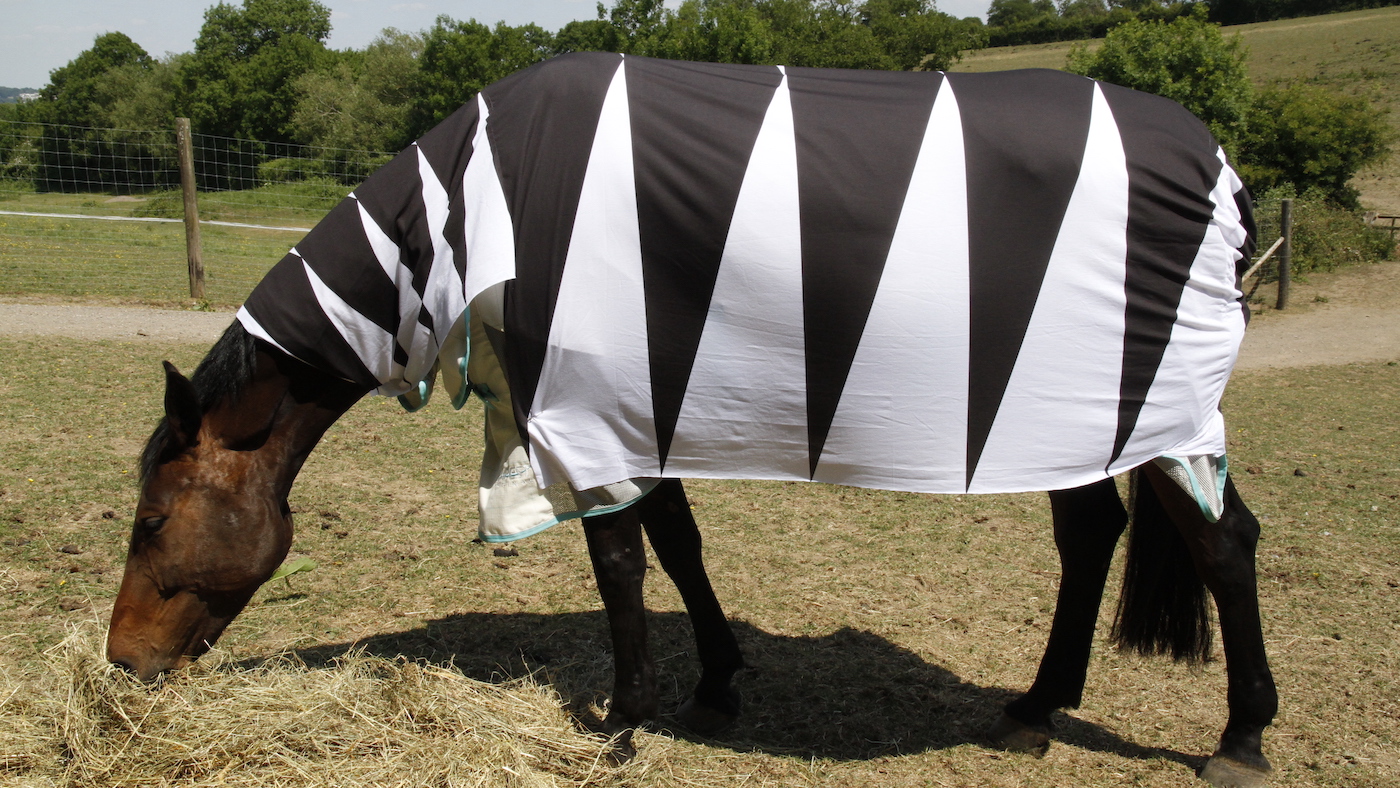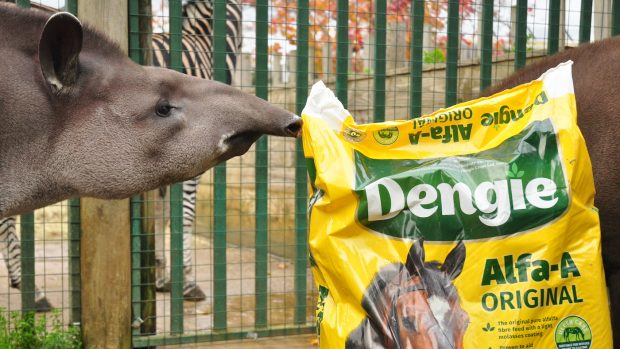New research has outlined how zebra stripes work to repel horse flies.
Studies in recent years have shown that horse flies do not like landing on stripes, and there is a growing body of evidence that zebra stripes are an evolutionary adaptation to thwart them.
A new study from the University of Bristol has built on previous research to look at the reasons why horse flies do not want to land on stripes.
The scientists used horses wearing different types of patterned rugs for the study, which was published today (20 February) in the Journal of Experimental Biology.
They found that stark black-white distinctions and small dark patches were particularly effective in thwarting attacks. Their theory is that thin black stripes minimise large, monochrome dark patches, which horse flies would find appealing.

“We knew that horse flies are averse to landing on striped objects – a number of studies have now shown this, but it is not clear which aspects of stripes they find aversive,” said co-author Tim Caro.
“Is it the thinness of the stripes? The contrast of black and white? The polarised signal that can be given off objects? So we set out to explore these issues using different patterned cloths draped over horses and filmed incoming horse flies.”
They found that horse flies are attracted to large, dark objects, but less so to dark, broken patterns. All-grey rugs were associated with by far the most landings, followed by those with large black triangles, then small checkerboard patterns.
In another experiment, they found contrasting stripes attracted few flies, while stripes that were less contrasting were more attractive.
“This suggests that any hoofed animal that reduces its overall dark outline against the sky will benefit in terms of reduced ectoparasite attack,” added Professor Caro.
“We know that zebra pelage (fur) is short, enabling horsefly mouthparts to reach the skin and blood capillaries below, which may make them particularly susceptible to fly annoyance.
“But more important, perhaps, is that the diseases that they carry are fatal to the horse family, but less so to ungulates. This needs investigation.”
The research was led by Professor Caro and Martin How, from the University of Bristol’s School of Biological Sciences.
You might also be interested in:

Subscribe to Horse & Hound magazine today – and enjoy unlimited website access all year round

Earning their stripes: zebras’ coats deter horseflies, study finds

When is a horse not a horse? When it’s a hinny, a zorse or a zonkey…
What other hybrid equines are out there, and which ones would, theoretically, be eligible to do dressage?
Horse & Hound magazine, out every Thursday, is packed with all the latest news and reports, as well as interviews, specials, nostalgia, vet and training advice. Find how you can enjoy the magazine delivered to your door every week, plus options to upgrade your subscription to access our online service that brings you breaking news and reports as well as other benefits.




